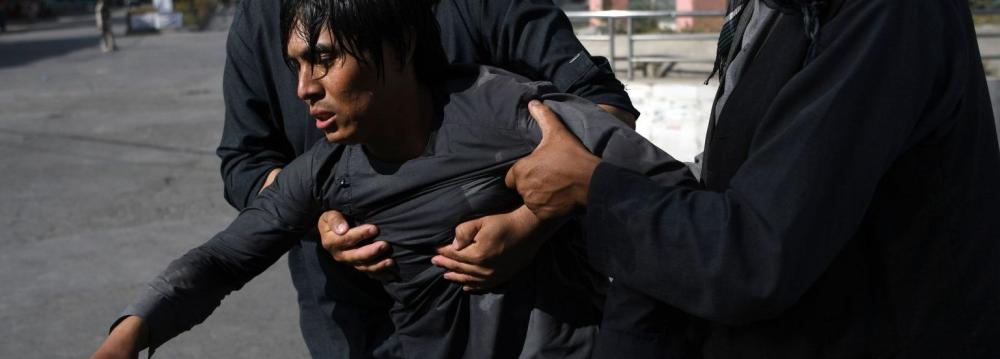Middle-class Afghans turned extremists have assisted the self-styled Islamic State terrorist group’s expansion from its stronghold in Afghanistan’s restive east to Kabul, analysts say, helping to make the capital one of the deadliest places in the country.
“This is not just a group that has a rural bastion in eastern Afghanistan—it is staging high casualty, high visibility attacks in the nation’s capital and I think that’s something to be worried about,” said analyst Michael Kugelman of the Wilson Center in Washington, AFP reported.
IS has claimed nearly 20 attacks across Kabul in 18 months, with cells including students, professors and shopkeepers evading Afghan and US security forces to bring carnage to the highly fortified city.
It is an alarming development for Kabul’s war-weary civilians and beleaguered security forces, who are already struggling to beat back the resurgent Taliban, as well as the US counter-terrorism mission in Afghanistan.
The Islamic State-Khorasan Province (IS-K), the Middle East group’s affiliate in Afghanistan and Pakistan, emerged in the region in 2014, largely made up of disaffected fighters from the Taliban and other jihadist groups in Afghanistan, Pakistan and Central Asia.
It claimed its first attack in Kabul in the summer of 2016. Since then the terrorist group has struck at security forces and Shias with increasing frequency, helped by its growing network in the capital.
There is no shortage of recruits, analysts say. IS has successfully tapped a rich vein of extremism in Afghanistan that has existed for decades and crosses socio-economic groups—fanned by growing internet access among urban youth.
“We are talking about a generation which has been desensitized to different types of violence and violent extremism,” said Borhan Osman, a senior analyst with the International Crisis Group.
Members and supporters of IS cells in Kabul hide in the open, living with their families and going to classes or work every day, Osman said.
The militants meet at night to discuss their plans and plot attacks on targets in the city they know well—well enough to adapt to changes, such as tightened security in the wake of a massive truck bomb in May that killed around 150 people.
“It’s an adaptive structure reacting to the countermeasures,” a Western diplomat told AFP.
“From May to December what we have seen is different types of attacks, smaller attacks that are getting through.”
An Afghan security source previously told AFP that “20 or more” IS-K cells were operating in the city.
New IS Base?
The group’s resilience has raised fears that Afghanistan could become a new base for IS fighters fleeing the battlefields of Syria and Iraq, where the group has lost swathes of territory.
But the exact nature of links between IS in Afghanistan and the Middle East remains unclear.
The Afghan government claims there is no connection. Analysts told AFP there is communication, and AFP reported last month that French and Algerian fighters, some arriving from Syria, had joined IS in northern Afghanistan where the group has established new bases.
Regardless of links, the goals of IS in the Middle East and in Afghanistan appear to be aligned: stirring up sectarian violence.
“The real game is to provoke a lot of Sunni hatred towards Shias” Vanda Felbab-Brown, a senior fellow at the Brookings Institution, told AFP.


